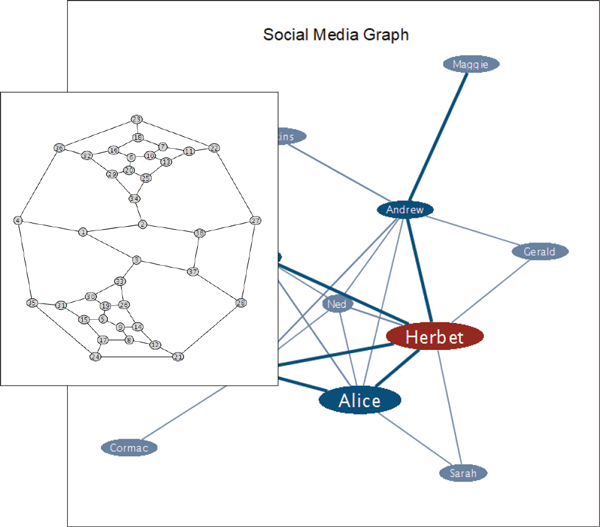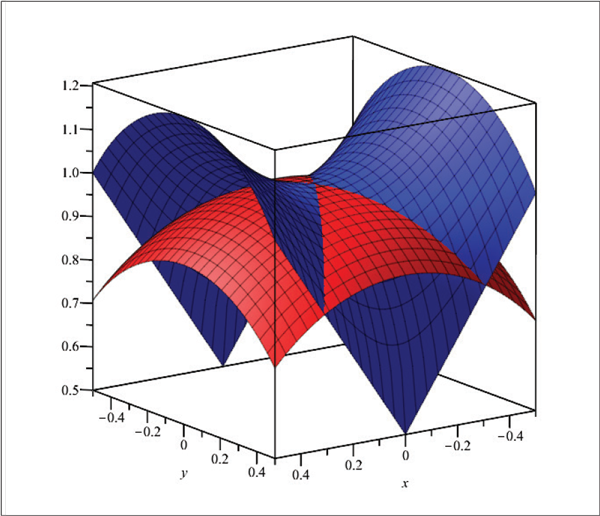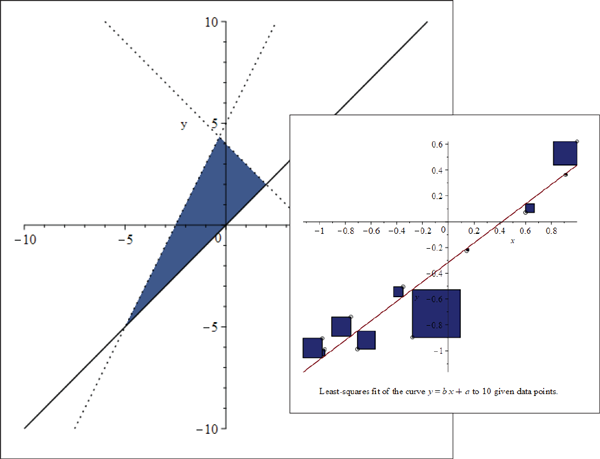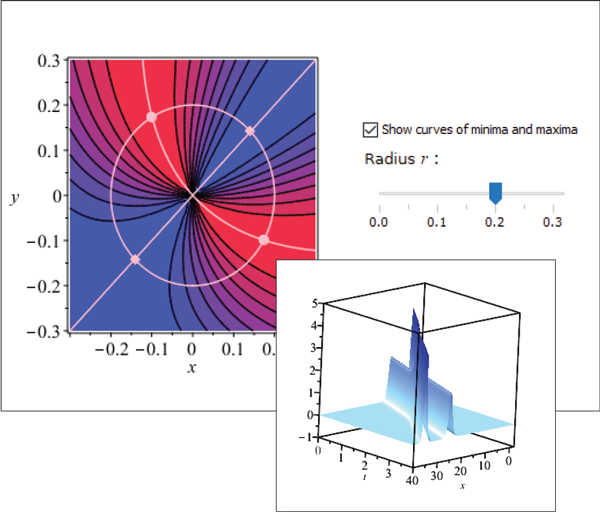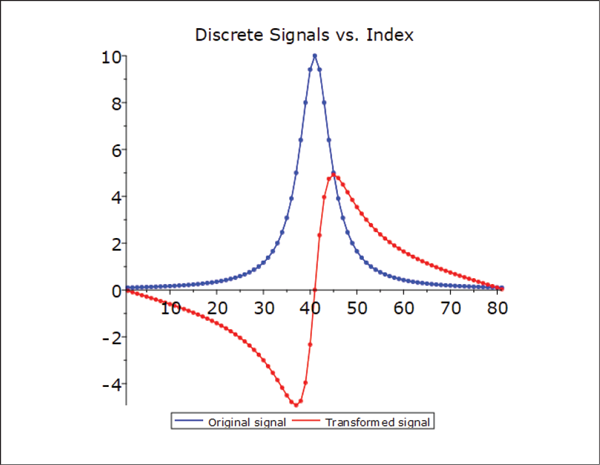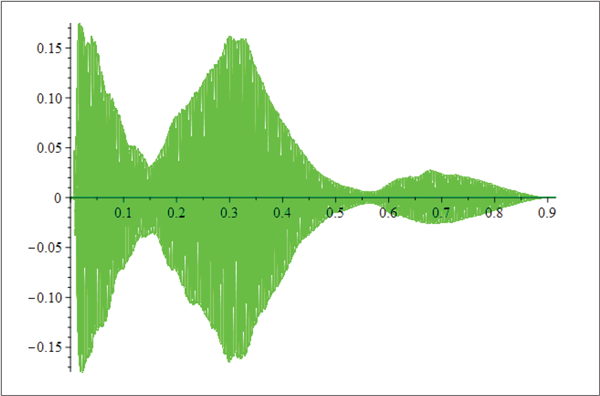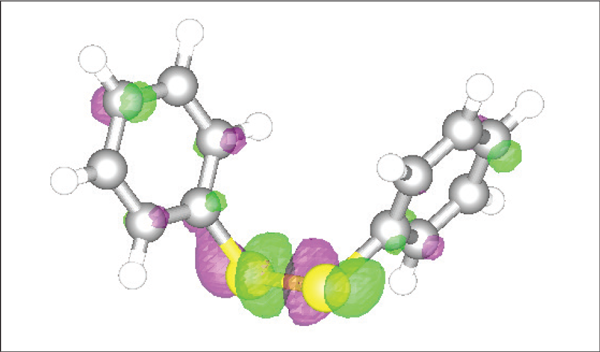What's New in Maple 2020
Maple 2020 offers a vast collection of enhancements for both long-time customers and those who are using Maple for the very first time. In addition to an even more powerful math engine, Maple 2020 also delivers new and improved tools for interactive problem solving, application development, student learning, document creation, programming, and more.



